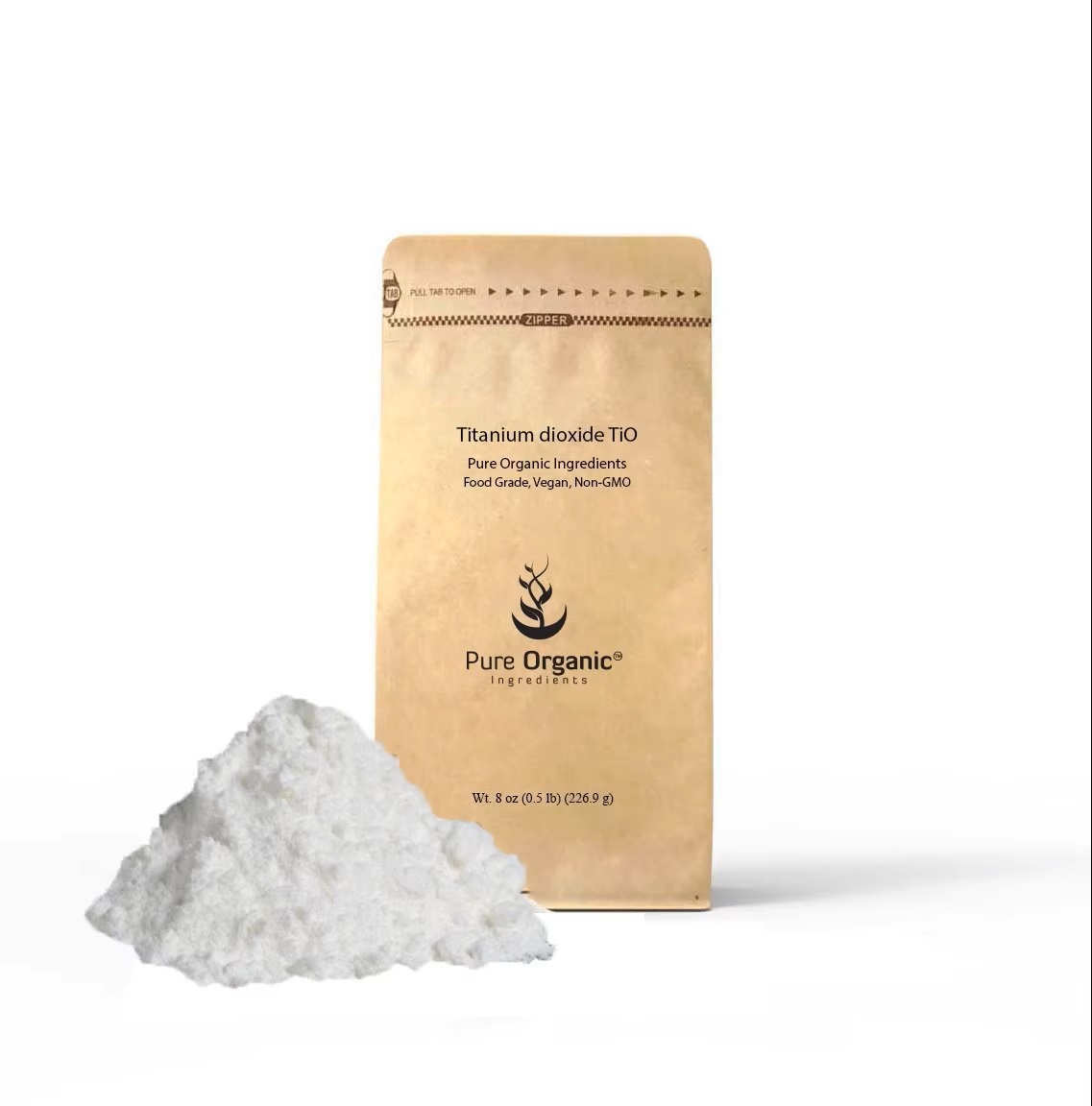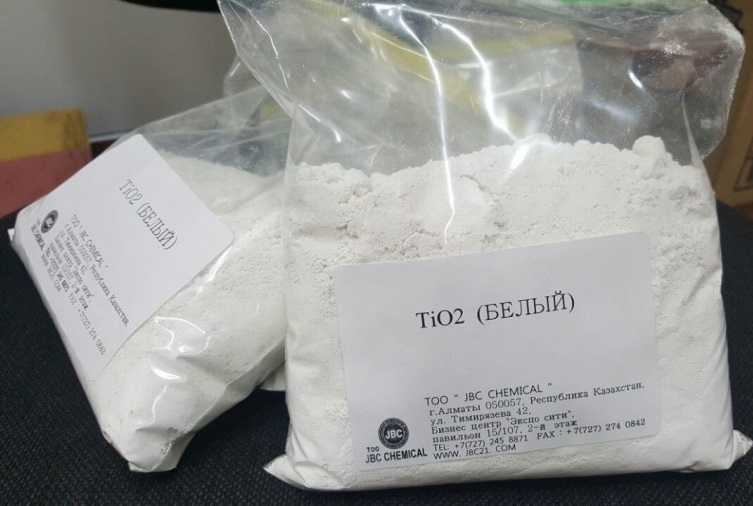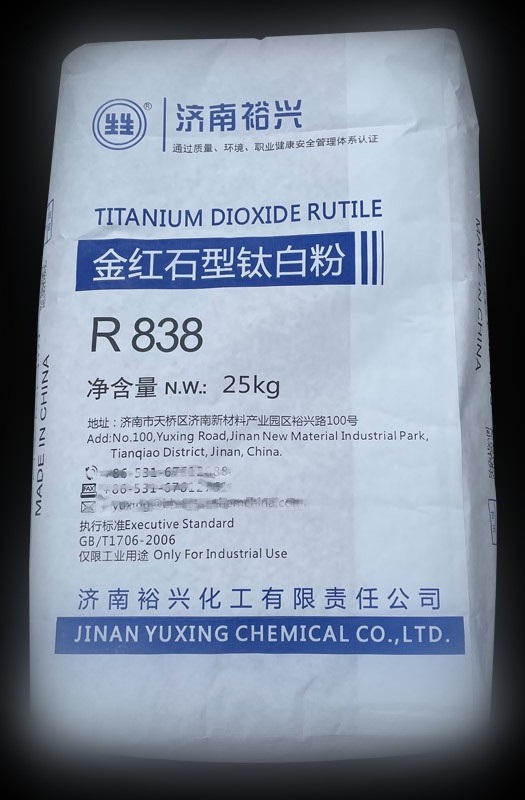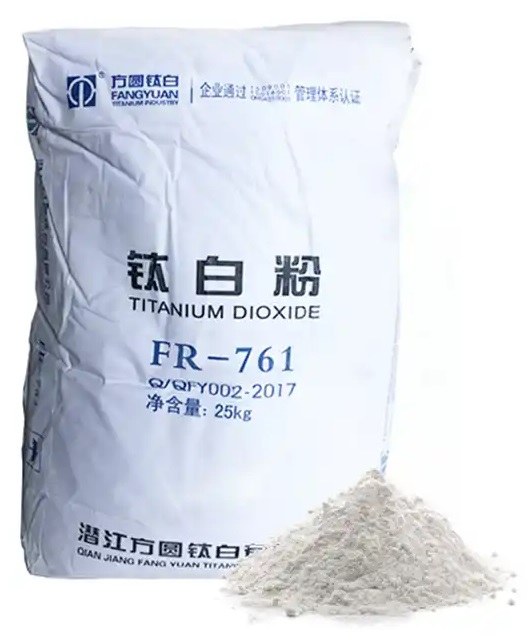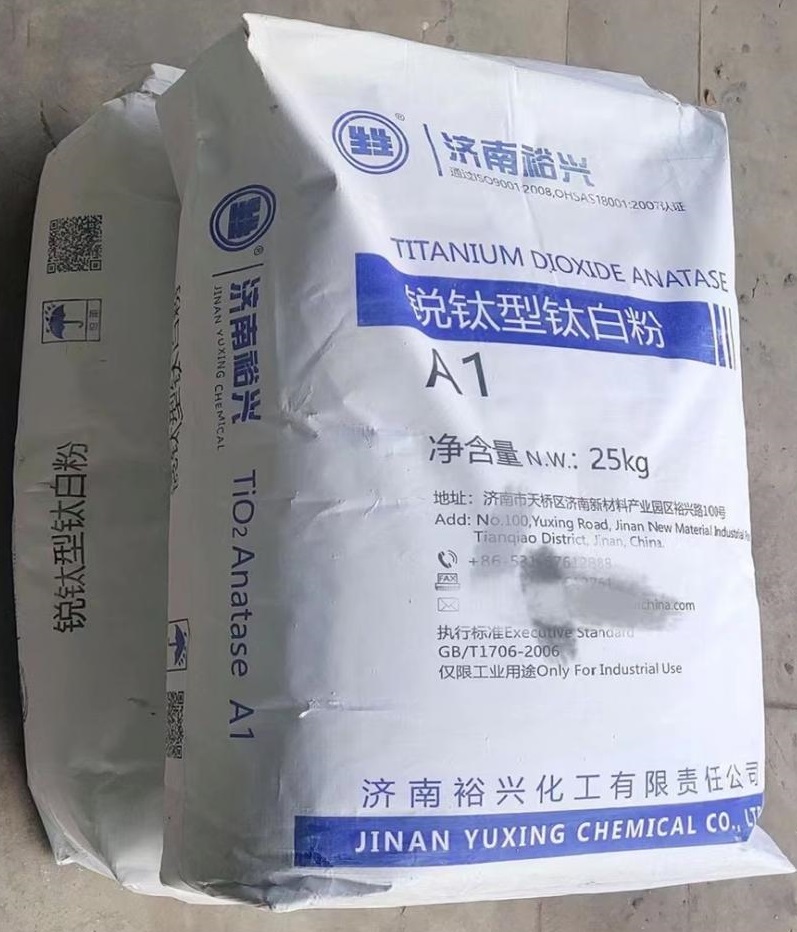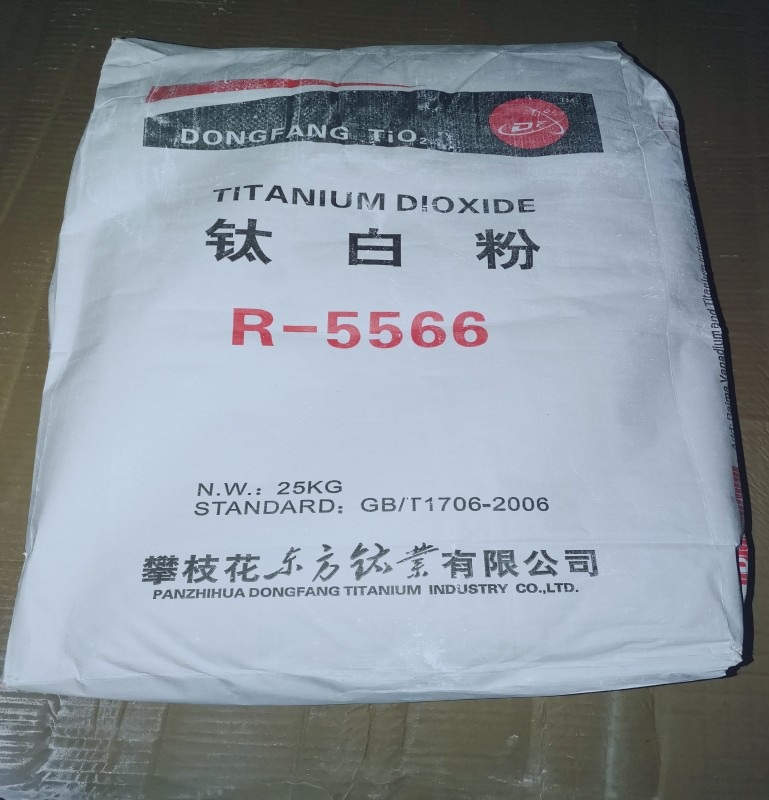We unleash your business potential by maximize the business innovation.
Send EmailTitanium Dioxide, Dioxotitanium, Titandioxid, Rutile, Anatase, E171, 13463-67-7, 1317-70-0
🌫️ Titanium Dioxide as a Matting Agent (Delustrant)
Titanium Dioxide isn’t just a brilliant white pigment—it also plays a key role in reducing surface gloss and creating a matte finish in various materials.
📌 Common Applications
| Industry | Purpose of Use |
|---|---|
| Plastics | To reduce surface shine and give a natural matte look |
| Paints & Coatings | To scatter light and reduce gloss for a soft finish |
| Textiles | Used in synthetic fibers to reduce sheen |
| Paper Industry | Enhances opacity and gives a non-glossy surface |
⚙️ How It Works
-
Light Scattering: TiO₂ particles scatter incoming light, breaking up reflections and reducing gloss.
-
High Refractive Index: Its ability to bend light contributes to a matte appearance.
-
Particle Size Matters: Larger particle sizes (micron scale) are preferred for matting effects, unlike nano-sized particles used for UV protection.
🧪 Preferred Crystal Form
-
Rutile is typically used due to its chemical stability and superior light scattering.
-
Anatase may be used in specific applications where photocatalytic activity is desired, but it's less common for matting.
📊 Titanium Dioxide Compatibility by Application Area
| Application Area | Recommended Crystal Form | Reason for Compatibility |
|---|---|---|
| Paints & Coatings | Rutile | Offers high refractive index, excellent opacity, and superior UV resistance. |
| Plastics | Rutile | Ensures color stability, lightfastness, and durability under sunlight exposure. |
| Cosmetics (Sunscreens) | Rutile / Anatase | Rutile provides UV protection; Anatase may be used for photocatalytic cleansing effects. |
| Food Additive (E171) | Rutile | Chemically inert and safe for use as a whitening agent in food products. |
| Pharmaceuticals | Rutile | Used in tablet coatings due to its stability and non-reactive nature. |
| Ceramics & Glass | Anatase | Preferred for its lower density and thermal stability in high-temperature applications. |
| Photocatalysis (Environmental) | Anatase | Highly active in breaking down pollutants under UV light; ideal for air and water purification. |
| Paper Production | Rutile | Enhances whiteness and opacity while reducing gloss for a matte finish. |
🏭 Production of Titanium Dioxide
Titanium Dioxide is primarily produced from titanium-rich ores such as ilmenite and rutile through two main industrial processes:
1. Sulfate Process
-
Raw Material: Ilmenite
-
Method: The ore is digested with concentrated sulfuric acid.
-
Steps:
-
Titanium dissolves into a sulfate solution.
-
The solution is purified, hydrolyzed, and calcined.
-
-
Pros: Lower cost, suitable for lower-grade ores.
-
Cons: Generates more waste and environmental impact.
2. Chloride Process
-
Raw Material: Rutile or upgraded ilmenite
-
Method: The ore reacts with chlorine gas to form titanium tetrachloride (TiCl₄).
-
Steps:
-
TiCl₄ is purified and oxidized at high temperatures to produce TiO₂.
-
-
Pros: Produces high-purity TiO₂, more environmentally friendly.
-
Cons: Requires high-grade feedstock and complex equipment.
⚙️ Physical Properties of Titanium Dioxide
| Property | Value (Rutile) | Value (Anatase) |
|---|---|---|
| Appearance | White powder | White powder |
| Density | ~4.23 g/cm³ | ~3.78 g/cm³ |
| Melting Point | ~1843°C | Similar |
| Boiling Point | ~2972°C | Similar |
| Refractive Index | ~2.609 | ~2.488 |
| Solubility | Insoluble in water | Insoluble in water |
| Odor | Odorless | Odorless |
🧪 Chemical Properties
-
Chemical Formula: TiO₂
-
Molecular Weight: 79.866 g/mol
-
CAS Number: 13463-67-7
-
Stability: Chemically inert under normal conditions.
-
UV Resistance: Excellent ability to absorb and scatter UV radiation.
-
Photocatalytic Activity: Anatase form is highly active under UV light, useful in environmental applications.
-
Acid/Base Behavior: Insoluble in dilute acids and bases; slowly dissolves in hot concentrated sulfuric acid.
Molecular Weight; 79.866 g/mol
Chemical Name; Titanium Dioxide
CAS Number; 13463-67-7
It is a naturally occurring mineral and is used as a sunscreen in many areas. Thanks to its high refractive index, it has become an indispensable component in formulas used for whitening.
The molecular formula is TiO2. It is derived from minerals that are naturally found or in a series of crystalline forms. Because, naturally occurring oxide crystals can be fermented and provide the derivation of commercially used Titanium Dioxide.
Titanium Dioxide E Code = E 171.
Other names:
Titanium White
Rutile
Anatase
13463-67-7
Tioxide
Titania
Titanic Anhydride
Kronos
Tronox
Nano Anatase
Rutile Titanium Dioxide
Dioxotitanium
Titandioxid
E 171
Physical and Chemical Properties:
It is a white chemical. It is also a soft solid and melts at 1800 ° C.
It is a chemical with different corrosion properties.
It is a polymorph chemical. It is found in 3 types of structures. These are Rutile, Anatase and Brookite. Only Rutile and Anatase are used commercially.
Titanium Dioxide Refractive Index is 2.76+- 2.55.
It is a chemical with a dilute alkaline structure. It does not dissolve in dilute acid. It dissolves in concentrated sulfuric acid. At the same time, it can also dissolve in hydrochloric acid and nitric acid in terms of solubility.
Its relative density is the lowest in the most commonly used white pigment. Among the titanium dioxide pigments of the same quality, the one with the largest surface area has the largest pigment volume.
It has very good electrical properties due to its high dielectric constant.
The form with the lowest permeability is Anatase.
Its conductivity also increases when the temperature increases. Titanium Dioxide is very sensitive to hypoxia.
Anatase Plate titanium dioxide can turn into Rutile at high temperatures. Therefore, Rutile and Anatase do not have melting and boiling points.
The melting point depends on its purity.
Although its hydroscopic feature is not very strong, it is related to the hydrophilic surface area.
If the surface area is large, the moisture absorption rate is also high. The moisture absorption rate is also related to the surface treatment and nature.
It is a chemical with very good thermal stability.
It is not a toxic chemical and is stable. The answer to questions such as whether it is harmful to health also depends on the usage rate of this product.
It is a partially acidic type oxide.
It does not react with oxygen, hydrogen sulfide, sulfur dioxide, carbon dioxide and ammonia.
It is insoluble in water, fatty acids, other organic acids, alkalis and weak inorganic acids except hot nitric acid.
It can react with some special substances.
It can react with Sulfuric Acid and Hydrofluoric Acid in case of prolonged boiling.
Areas of Use:
Titanium dioxide is used as a bright white pigment in paint production.
It is also used in the food industry to give color to food products.
In the cosmetics sector, titanium dioxide is used in sunscreen to block UVA and UVB rays.
It is a compound used in the formulas of coating paints.
It is used with some components to add white color to medicines used for colds. These include Silicon Dioxide (Aerosil 200) and PVP K30.
In the production of lubricants in servo systems, it is used together with liquid paraffin (paraffin oil) to produce nanoparticle lubricants.
It is also used as a pigment for pharmaceutical products such as gelatin capsules, tablet coatings and syrups.
Again, in the cosmetics sector, titanium dicoside is used as a pigment to give color to toothpaste, lipstick, cream, ointment and powders.
It is used as an opacifier to make pigments opaque.
It has high UV light absorbing properties. And for this reason, it is used as an active ingredient in sunscreens. Its use in this area should have a particle size ranging from 10-100 nm.
It is used as a bleaching and opacifying chemical in porcelain enamels. Thanks to the Titan used here, brightness, hardness and acid resistance are achieved.
It is used in the Cosmetics and Pharmaceutical sectors because it is thought to block ultraviolet rays.
Due to its photocatalytic feature, when exposed to Ultraviolet Radiation, it causes thin coatings that clean and disinfect themselves. Alloys formed from Titanium Dioxide are very light and have high tensile strength. It has the power to withstand high corrosion and high temperatures. For this reason, it is actively used in the construction of aircraft, power plants, armor coatings, ships, spacecraft pipes and missiles.
It is used by ink manufacturers.
It is used as the main ingredient (Titanium Source) in Titanium and Titanium alloy, anti-yellowing and anti-corrosion compositions.
It is used as a pigment in the manufacture of inkjet printable transfer papers for use in fabric materials. It is the most important compound in the manufacture of environmentally friendly paints. In this application, it is used as a white pigment.
